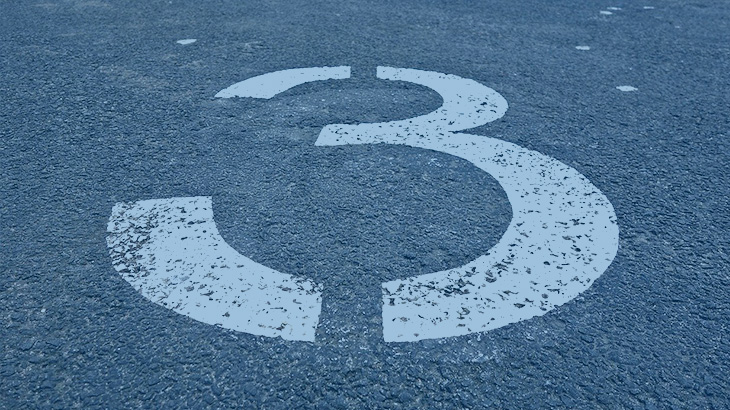In our previous blog post, we discussed several roadblocks to retirement. In far too many instances, those roadblocks prevent Canadians from achieving the comfortable retirement they desire. In this post, we shift our attention to what happens after we retire, and some of the more common pitfalls that plague Canadian investors in retirement. Let’s explore ModernAdvisor’s “Top 3 Retirement Traps”.
Retirement Trap #1: Retiring with debt
Historically, most Canadians paid off their debts before retirement. This makes good sense, as carrying debt in retirement make it much harder to make ends meet. While you can retire with debt, the additional mortgage and/or loan payments simply means less money available to do the things you want to do in retirement, or not being able to retire on time and having to work longer than expected.
Yet, that’s the norm these days. A CIBC study indicated that more than half of all retired Canadians are carrying debt of some form or another – mortgages, car loans, credit card debt, lines of credit, furniture and appliance loans, etc. While managing debt payments can put a strain on your finances and cash flow at any life stage, managing debt can become overwhelming for retirees.
One of the core issues here is that debt is big business for banks and lending firms. As such, many financial institutions encourage us to take on debt. But many Canadians are already struggling because they’re carrying so much debt.
Managing finances can be challenging at times, and many of us have to take on debt at some time or another throughout our lives. However, to the extent possible, you should strive to pay off your debts before you retire. By doing so, you can spend your money on the things you want, rather than worrying about debt obligations and making monthly payments. One possible exception may be for an example involving a tax-advantaged debt with tax-deductible interest payments, where advised by a tax professional.
Retirement Trap #2: Being too conservative with your investments
“This is my retirement money, I don’t want anything too risky. I don’t like risk.” Sound familiar? Of course it does, we hear statements like this all the time. Indeed, when it comes to managing retirement assets, we absolutely should take caution and be prudent in our decision making. However, being too conservative is, in itself, a risky strategy.
According to Warren Buffet, “The riskiness of an investment is not measured by beta — a Wall Street term encompassing volatility. Rather, the risk of an investment is measured by the probability of that investment causing a loss of purchasing power over the contemplated holding period.”
When considering a retirement timeframe spanning several decades, we must pay attention to the very real increases in the cost of living over that length of time. Ask yourself, what poses a greater risk to your retirement: Short-term market fluctuations, or running out of money? Most of us will agree that running out of money poses a greater risk. Yet, many investors spend far more time worrying about shot-term short-term market fluctuations.
Unlike market volatility which is immediate and almost impossible to ignore, running out of money 20 years from now doesn’t seem like a pressing issue today, and is easy to ignore. Yet, with too much focus on reducing or eliminating volatility, many retirees seek refuge in GICs and similar assets. While this may feel safe in the short term, because capital is guaranteed, the flip side of that coin is that substandard returns are also guaranteed.
Retirement Trap #3: Excessive spending
Let’s say you have $1 million saved by age 60, and you want to plan for a 30-year retirement. How much can you safely withdraw from your retirement savings each year?
This is a multi-dimensional scenario with several variables, including:
- What rate of return do you expect to earn on your investments?
- What if market performance is not what was anticipated?
- What if your investments decline sharply in value during the first few years of retirement?
- What if you live much longer than expected?
As we can see, determining a safe withdrawal rate is somewhat of a balancing act. On one hand, you don’t want to make unnecessary sacrifices, and subject yourself to a lower standard of living than that which you can comfortably enjoy. Yet, on the other hand, you have to be careful you don’t spend your retirement savings too fast, and deplete your nest egg too early.
So what’s an acceptable and safe withdrawal rate? This depends entirely on how your investments are structured, and your corresponding rates of return. For example, if your investments are earning, on average 6% per year, then your safe withdrawal rate will be much higher than someone else who is invested in products such as Guaranteed Investment Certificates (GICs), with rates of return typically closer to 1%.
The challenge is that, for most investment products, rates of return are not known in advance. For this reason, it’s important to revisit your plan and your assumptions often. If markets are performing better than expected, you may have an opportunity to increase your withdrawals. On the other hand, if market performance is lower than expected, you may have to decrease your withdrawals to make sure you don’t run out of money too soon. Flexible, realistic spending is the single most important determinant of financial security at any stage of life.
Bottom Line
With some basic retirement income planning, you can often retire earlier, enjoy a higher level of income, and correspondingly enjoy a more fulfilling retirement. If you you’d like some help setting up your retirement income plan, we can help you crunch the numbers and make sure you’re on track. To chat with a Portfolio Manager or Certified Financial Planner, just contact us.
